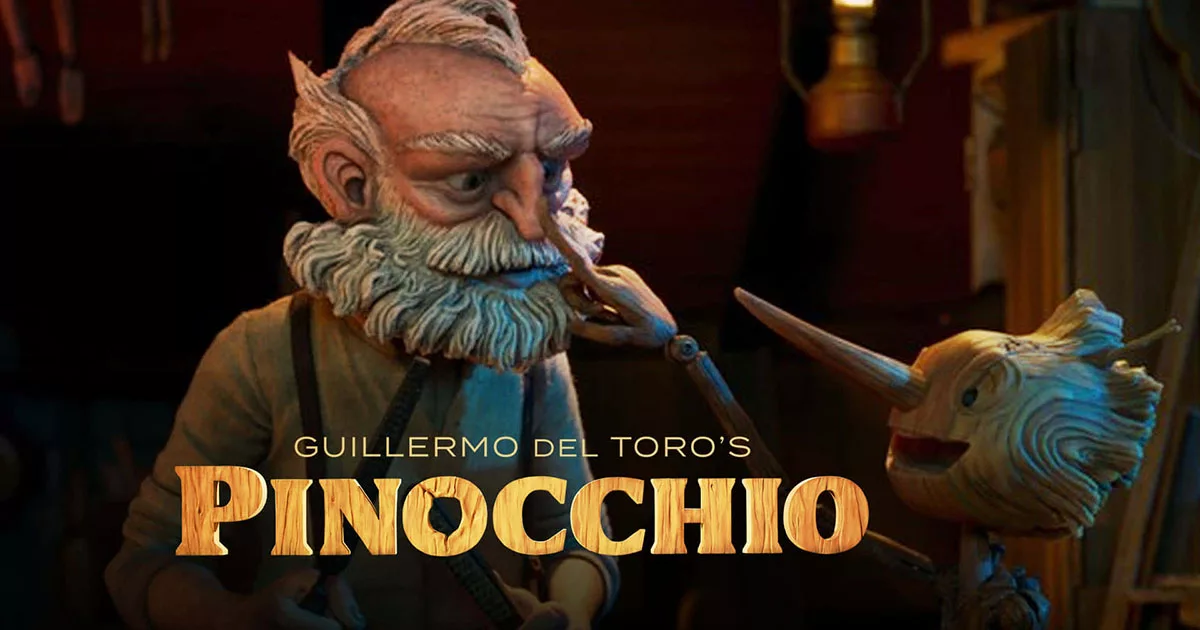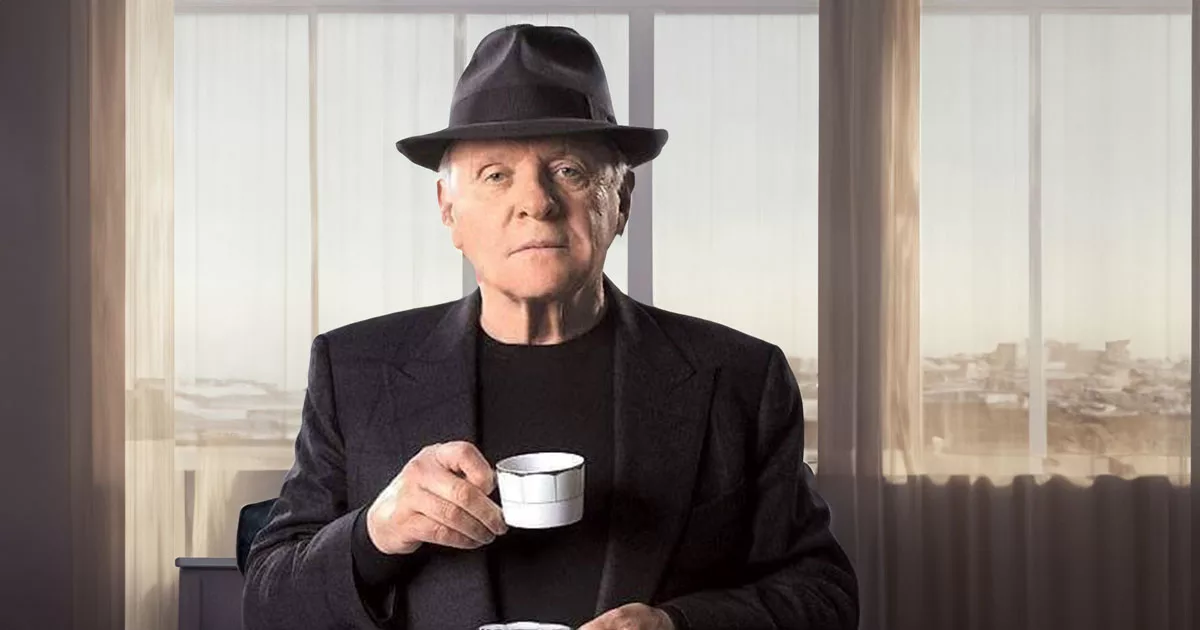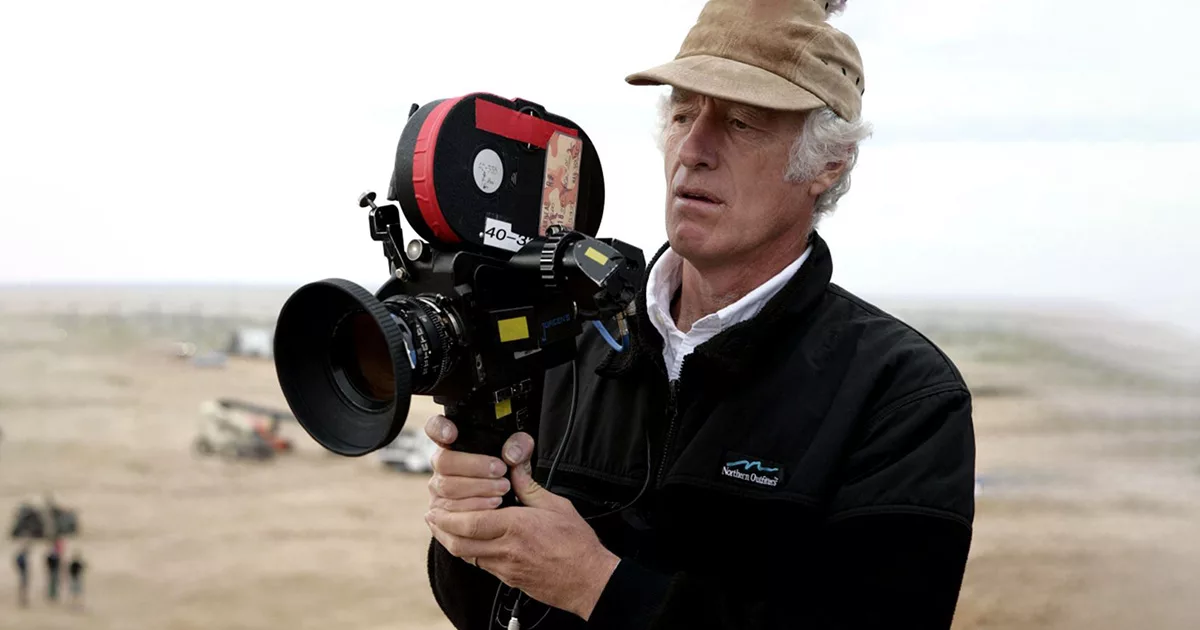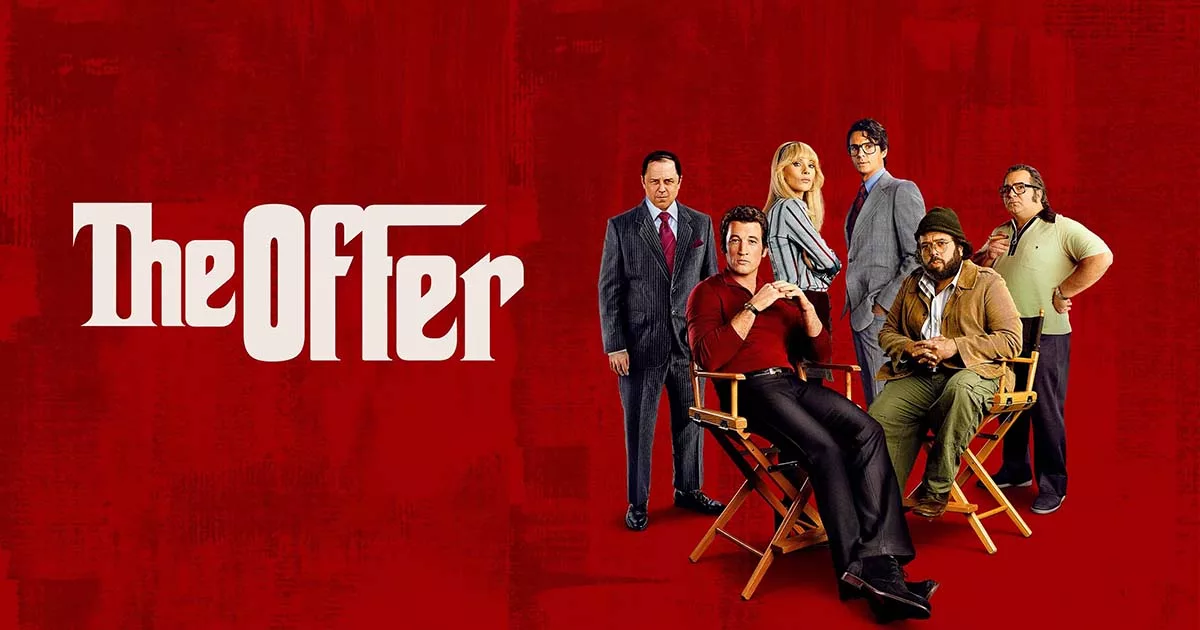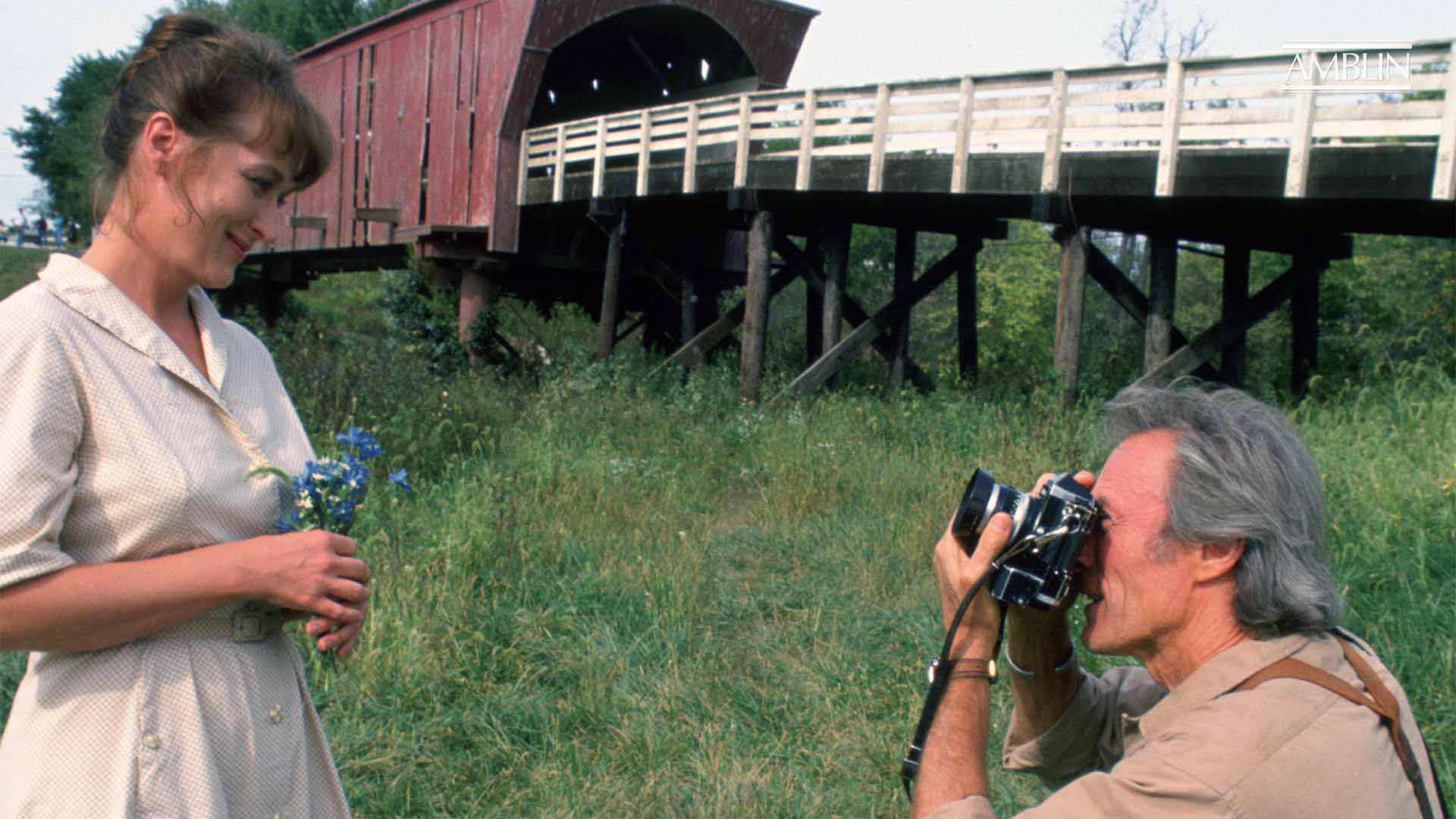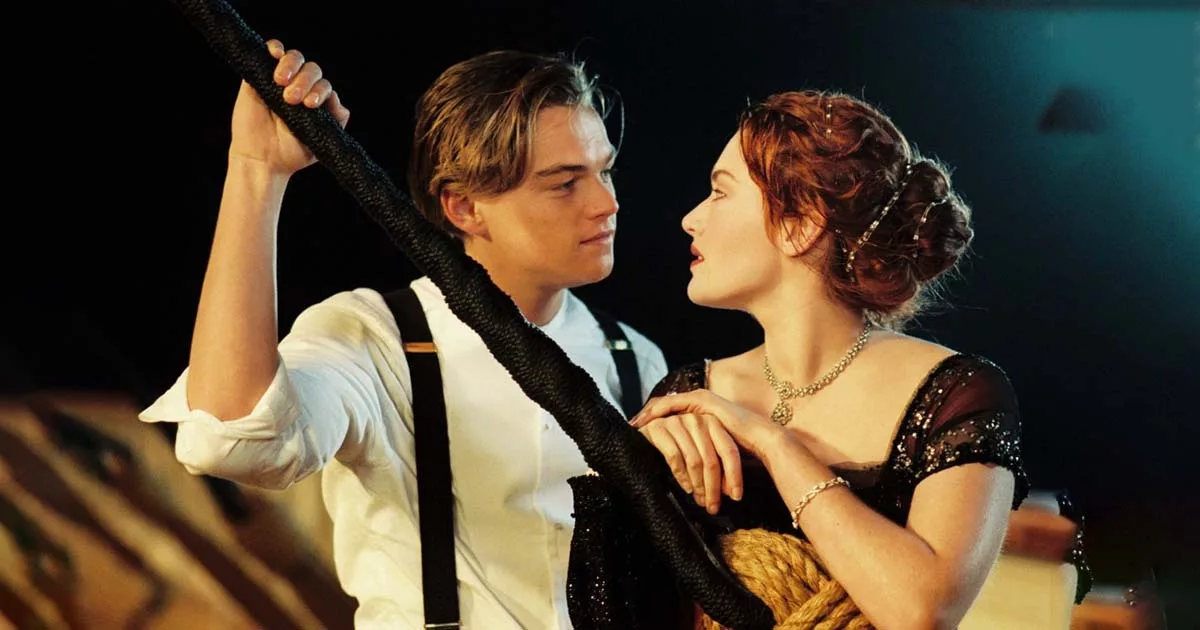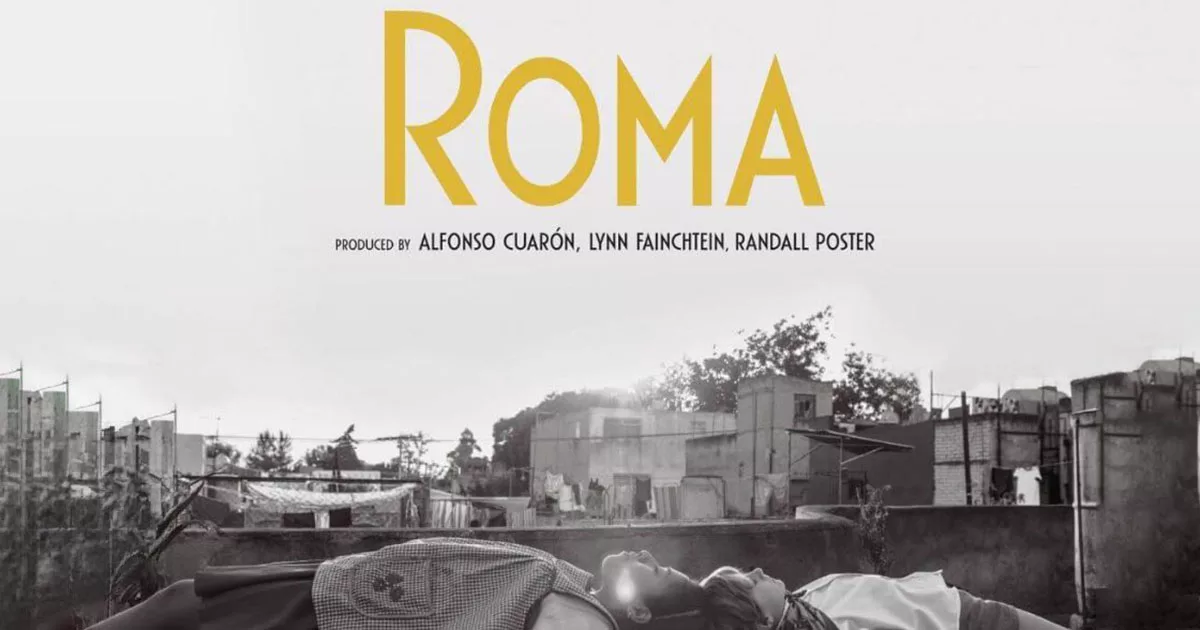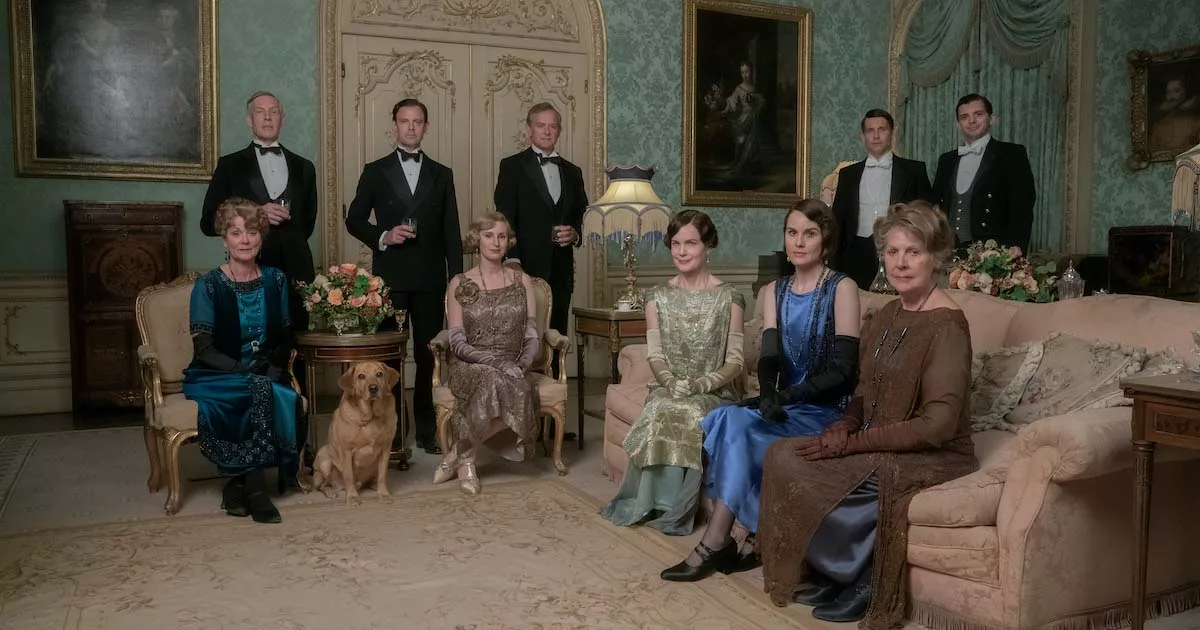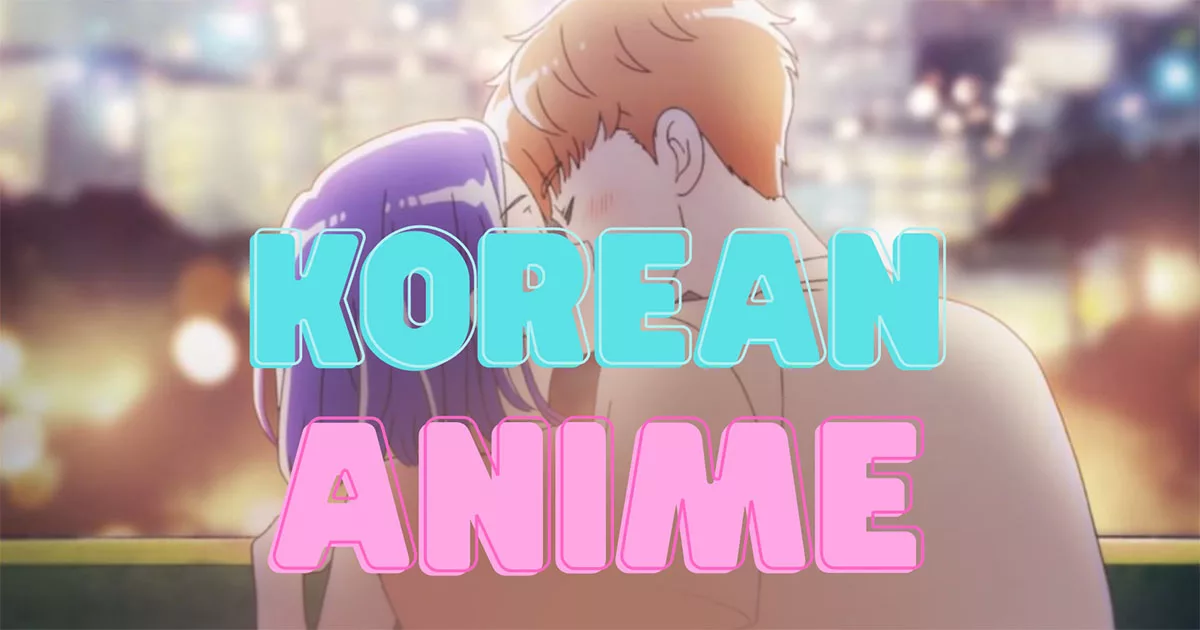A Look into Its Spectacular Storytelling and Creative Vision
Guillermo del Toro’s Pinocchio has taken the world by storm and won the 2023 Academy Awards’ Best Animated Feature Film. With fierce competition from notable films like Sea Monster, Pussy in Boots, Turning Red, and Marcel with the Shoes On, Pinocchio has been able to stand out from the rest of the pack with its unique storyline, breathtaking visuals, and exceptional direction.
Guillermo del Toro
The acclaimed filmmaker behind Pinocchio.
Born on October 9, 1964, in Guadalajara, Mexico, Guillermo del Toro grew up in a household that nurtured his love for horror films and literature. He started making short films in his early teens and continued to explore his passion for cinema throughout his adolescence.
Del Toro attended the Centro de Investigación y Estudios Cinematográficos in Guadalajara, Mexico, where he studied under Mexican director and screenwriter Alfredo Ripstein Jr.
After graduation, del Toro worked as a special effects makeup artist and then as a director for Mexican television shows.
His breakthrough feature film, Cronos, premiered at the Cannes Film Festival in 1993 and won the International Critics’ Week Prize.
This film launched del Toro’s career in the international film community and set the tone for his subsequent work, which often explores themes of horror, fantasy, and the supernatural.

Del Toro continued to gain critical acclaim with films such as The Devil’s Backbone (2001), Pan’s Labyrinth (2006), and The Shape of Water (2017), which won four Academy Awards including Best Director and Best Picture.
He has also worked as a producer on numerous films and television shows, including The Orphanage (2007), Don’t Be Afraid of the Dark (2010), and The Strain (2014-2017).
In addition to his work in film and television, del Toro has written several books, including The Strain Trilogy, co-written with Chuck Hogan, and The Hollow Ones, co-written with Chuck Hogan and Thomas Sniegoski.
He has also curated several museum exhibitions, including “At Home with Monsters,” which showcased his personal collection of art, memorabilia, and props from his films and other horror works.
Del Toro is known for his unique style, which often combines horror and fantasy elements with a deep emotional resonance. He once said, “I think horror can express an enormous amount of the most profound emotions and feelings of the human heart.”
His films are often visually stunning, with intricate set design, makeup, and special effects that bring his imaginative worlds to life.
In interviews, del Toro has spoken about his influences, which include filmmakers such as Alfred Hitchcock, Stanley Kubrick, and Luis Buñuel, as well as authors such as H.P. Lovecraft and Edgar Allan Poe.

He has also discussed the importance of storytelling and the role of cinema in shaping cultural identity.
Guillermo del Toro is a visionary filmmaker with a unique voice and a passionate dedication to his craft.
His films have earned critical acclaim and a devoted fanbase, and his upcoming animated feature, Pinocchio, is highly anticipated.
With a career spanning over three decades, del Toro continues to push the boundaries of genre and storytelling, cementing his place as one of our time’s most innovative and influential filmmakers.
When asked about his approach to filmmaking, del Toro said, “I try to make films that are very personal, very emotional, and that have something to say. I want to make films that are beautiful but that also have depth and meaning.”
Pinocchio, The Birth Of A Masterpiece
Making Guillermo del Toro’s Pinocchio was a painstaking process involving extensive pre-production, production, and post-production phases. More than 12 years.
Del Toro’s passion for the project was evident from the very beginning, and he spared no effort to bring his vision to life.
During the pre-production phase, the team worked tirelessly to finalize the script, storyboard the scenes, and design the characters.

Del Toro collaborated closely with co-writer Patrick McHale, and together they reimagined the original story, setting it in Mussolini’s Italy and making Pinocchio an anarchic force.
The team also had to create detailed puppets and sets for the stop-motion animation, which involved a lot of intricate work.
The production phase was equally challenging, as stop-motion animation is a slow and meticulous process that requires great patience and attention to detail.
Del Toro wanted to capture the essence of the original Pinocchio story while also exploring themes of disobedience, imperfection, and the bond between puppet and animator.
The team had to carefully craft every film frame, ensuring that the characters’ movements and expressions were right.
Throughout the making of Pinocchio, del Toro was hands-on, overseeing every aspect of the film’s production.
He worked closely with the animators, guiding them on bringing the characters to life and capturing each scene’s mood and tone.
Del Toro’s fascination with monsters also played a role in the film’s creation, as Pinocchio is portrayed as a monster.

In interviews, del Toro has spoken about his love for the Pinocchio story and how it has inspired him throughout his life.
He has also discussed the challenges of creating an animated feature film and the satisfaction of seeing his vision come to life on screen. During pre-production, Guillermo del Toro worked closely with Mark Gustafson, his co-director, to develop the look and feel of the film.
They studied the work of Italian Renaissance painters and the grotesque art of the 19th century to develop a unique visual style that would be both beautiful and disturbing.
The team also meticulously researched and recreated the period setting of Mussolini’s Italy, adding a layer of historical accuracy to the film.
The film’s production was an immense undertaking that required a dedicated team of animators, set designers, and puppet makers.
The puppets used in the film were crafted using traditional stop-motion techniques, with each frame requiring minute adjustments to their poses and expressions.
The attention to detail is evident in every frame of the film, with the puppet’s movements and expressions conveying a sense of emotion and humanity that is rare in animated films.
Guillermo del Toro has spoken about his love for the character of Pinocchio and how he has been drawn to the story since he was a child.
He has also discussed the challenges of adapting a beloved classic into a new and unique vision and the responsibility he felt to stay true to the spirit of the original while also bringing his own vision to the story.

Pinocchio’s making was a labour of love for Guillermo del Toro and his team, and the result is a stunning achievement in animation.
A Revolutionary Twist on Pinocchio
Guillermo del Toro’s Pinocchio is a revolutionary twist on the classic tale of the wooden puppet who longs to become a real boy. Del Toro’s version reimagines the original story and challenges traditional ideas of perfection, obedience, and conformity.
In his film, Pinocchio is no longer the obedient puppet who learns to become a real child by following the rules. Instead, he is a force of anarchy who liberates the humans he meets.
Del Toro’s take on Pinocchio is set in Mussolini’s Italy, a change from the original story’s setting.
Pinocchio is recreated as an anomaly, a monster who tests the world and challenges the idea of perfection.
Del Toro’s fascination with monsters is evident in his depiction of Pinocchio, who is also a monster in this film. The director’s use of stop-motion animation also adds to the film’s unique and revolutionary quality.
In addition to Pinocchio’s character, Del Toro also spends considerable time exploring the character of Geppetto, Pinocchio’s creator. The scene of Pinocchio’s creation is shot in a sinister and frightening way, like in a Frankenstein movie.

Geppetto makes the puppet in a drunken bout of grief and rage over the death of his son.
This backstory adds depth to the film’s characters and makes it a more mature and thought-provoking take on the classic tale.
Guillermo del Toro’s Pinocchio is a masterpiece that redefines the setting and morality of Collodi’s Pinocchio.
The film explores themes of disobedience, imperfection, and the bond between the puppet and the animator, making it stand out. Its use of stop-motion animation adds to its uniqueness and revolutionary quality.
A Thought-Provoking and Resonant Film
The movie delves into the bond between the puppet and the animator. Through the arcane practical techniques of stop-motion, del Toro explores the “sacred” relationship between the two, depicting a creative process that is both magical and fascinating.
This exploration is not only an homage to the art of animation but also a commentary on the power of art to inspire and shape our lives.
Finally, the movie also tackles the idea of imperfection. Pinocchio, in del Toro’s version, is not a perfect child. Instead, he is depicted as a monster, an anomaly that tests the world and challenges traditional ideas of perfection.
This theme is especially relevant in a society that often places unrealistic expectations on individuals, highlighting the importance of accepting and embracing our flaws.

The Animated Artistry
The film is a stunning example of animated artistry, with a style that stands out among other films. Del Toro’s vision for the film was to use stop-motion animation, which he describes as the “most tactile and handcrafted of all animation techniques.”
In an interview with Variety, del Toro stated, “I love stop-motion animation because it’s a true art form.
It’s not just animating; it’s sculpting, painting, and photographs.” The film’s use of stop-motion animation allowed for a unique and detailed approach to creating the world of Pinocchio.
According to The New York Times article, the film features more than 100 sets, including a 30-foot-long puppet workshop and a 10-foot-tall Pinocchio puppet.
The puppets themselves were created with meticulous detail, with the main character alone having over 60 different heads, each with a unique expression.

Del Toro also worked closely with the film’s production design team to ensure that every aspect of the film’s look and feel was carefully crafted.
In an interview with IndieWire, the film’s production designer, Alex McDowell, stated, “we started with Guillermo’s vision and then built the world out from there.”
McDowell added that the team “wanted everything to feel authentic to that period in Italy, but with a heightened sense of detail.” The film’s attention to detail and unique style has garnered praise from both critics and audiences.
In a review for The Guardian, Peter Bradshaw wrote that “Pinocchio is a unique and visionary work of art,” while a review in The Hollywood Reporter stated that “the film’s aesthetics and imagery are truly breathtaking.”
As del Toro said in an interview with Collider, “Stop-motion animation is the ultimate artisanal form of animation, and I think it’s very beautiful.”
The exhibition at MOMA
Guillermo del Toro’s Pinocchio had an exhibition called “Guillermo del Toro: Crafting Pinocchio” in New York during the film’s production.
The exhibition allowed visitors to experience being on a movie set and witness how an international team of designers, craftspeople, and animation artists worked collaboratively to bring Del Toro’s vision to life.
The exhibition started with classic and contemporary editions and interpretations of Pinocchio worldwide. It also featured production art, props, and a look at the various phases of puppet-making.

Visitors could witness working film sets from Del Toro’s movie, motion tests, and time-lapse video installations documenting the complex stop-motion process that brought the story’s characters to life.
The exhibition ended with an immersive installation that brought together newly commissioned videos and posters from Del Toro’s filmography.
It included works such as The Devil’s Backbone (2001), Pan’s Labyrinth (2006), Pacific Rim (2013), The Shape of Water (2017), and Nightmare Alley (2021).
The exhibition at the MOMA in New York coincided with the film’s premiere. It was well-received by fans of Del Toro’s work and animation enthusiasts.
The Voice Cast
The main character, Pinocchio, is voiced by Gregory Mann, a young actor who previously appeared in the films “Young Sheldon” and “Creepshow”.
Oscar-winning actor Tilda Swinton voices the Blue Fairy, the magical character who brings Pinocchio to life. Ewan McGregor voices the character of Cricket, Pinocchio’s loyal companion who tries to keep him on the right path.
Other notable cast members include David Bradley as Geppetto, Ron Perlman as Mangiafuoco, Christoph Waltz as the villainous Stromboli, Finn Wolfhard as Lampwick and Suprasly Cate Blanchette as Monkey. She may didn’t win the oscar for Tar, but her monkey was outstanding.
The voice cast also includes a number of international actors, adding to the film’s global appeal. French actor Vincent Cassel voices the Fox, while Italian actor Massimo Ceccherini voices the Cat.

Why it should win the Oscar
Guillermo del Toro’s Pinocchio is a testament to his unwavering passion for animation and storytelling.
Its mesmerizing visuals, exceptional direction, and outstanding plot make it an exceptional masterpiece.
The film’s unique twist on the classic tale and its exploration of themes of disobedience, imperfection, and the bond between puppet and animator makes it a thought-provoking and resonant film.
“Turning Red” is an exceptional animated movie made by talented women with universal themes, even though it primarily revolves around the relationship between a mother and daughter.
“Puss in Boots” is a clever and humorous conclusion to the franchise, and although I haven’t seen “Marcel,” I believe its nomination alone is a victory.
“Sea Monster,” despite being based on an “old tale,” is modern, progressive, and features an inclusive cast and themes, but it’s still not quite “Pinocchio.
The amount of time and effort put into crafting and creating Pinocchio Guillermo del Toro is truly remarkable, with numerous talented individuals working behind the scenes.
The attention to detail is outstanding, and the adaptation is impressive and clever. Moreover, the cast, directors, and artists poured their hearts and souls into this movie, making it truly deserving of recognition as the biggest and most worthy winner.
Available to stream now on NETFLIX.
Visit The Home Page for more articles, click here.
Don’t forget to subscribe to get notified about new articles and more, click here
Titanic 25th Anniversary is this year. In this post, we will answer all your questions, click here.

